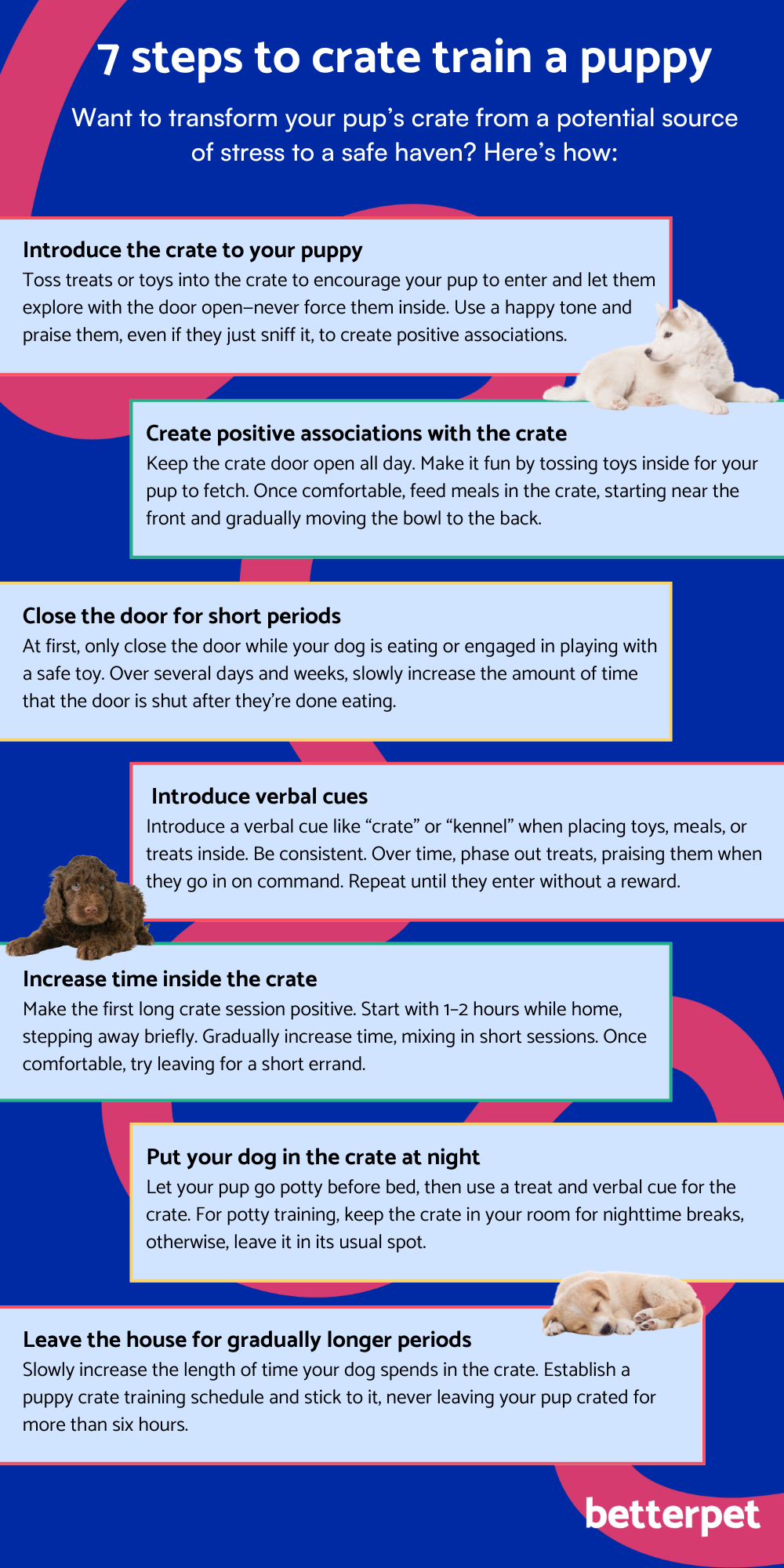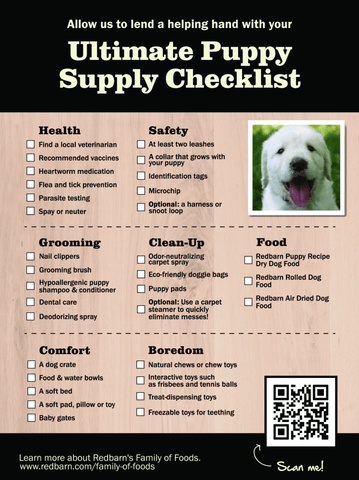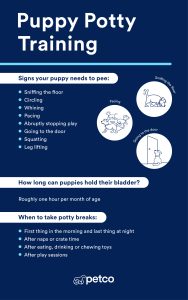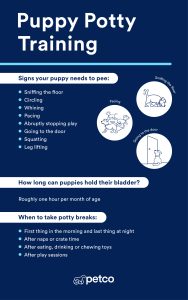Bringing a new puppy home is exciting, but it can also feel overwhelming. You want to make sure your puppy feels safe, happy, and loved from the very first moment.
The first day sets the tone for your entire relationship, so getting it right matters. You’ll discover simple, effective tips that will help you create a smooth and joyful first day with your new furry friend. Keep reading to make your puppy’s welcome unforgettable—for both of you.

Credit: www.youtube.com
Preparing Your Home
Bringing a new puppy home is exciting. Your home should be ready to keep your puppy safe and happy.
Prepare your home before your puppy arrives. This helps them feel comfortable and safe.
Create A Safe Space
Your puppy needs a quiet place to rest and feel secure. Choose a small area with soft bedding.
This space helps your puppy relax and learn their new home. Use a crate or a cozy corner.
Gather Essential Supplies
Have all the puppy supplies ready before they arrive. This makes the first day easier for both of you.
- Food and water bowls
- Puppy food
- Soft bedding or crate
- Toys for chewing and playing
- Collar and leash
- Cleaning supplies for accidents
Puppy-proofing Tips
Remove items that could harm your puppy. Check areas where they will explore.
- Hide electrical cords and plugs
- Keep small objects out of reach
- Store cleaning chemicals and medicines safely
- Block off stairs or unsafe rooms
- Secure trash bins to prevent messes
Settling In Your Puppy
Bringing a new puppy home is an exciting time. Your puppy needs time to feel safe and happy.
Helping your puppy settle in well sets a good start for your life together.
Introduce The New Environment
Show your puppy around the house slowly. Let them explore one room at a time.
Keep the environment calm and quiet to help your puppy feel safe.
- Use a soft voice when talking to your puppy
- Keep loud noises and sudden movements low
- Place their bed in a quiet corner
Establish A Comfortable Routine
Puppies like routine because it helps them know what to expect. Set regular times for feeding and bathroom breaks.
Stick to the routine every day to build trust and security.
- Feed your puppy at the same times daily
- Take them outside regularly for bathroom breaks
- Set consistent play and rest periods
Managing First Day Stress
Your puppy may feel nervous on the first day. Watch for signs like whining or hiding.
Give your puppy gentle attention and quiet time to help reduce stress.
- Offer soft toys or blankets for comfort
- Avoid too many visitors or loud activities
- Give your puppy space to rest when needed
Feeding And Hydration
Bringing a new puppy home is exciting and needs care. Feeding and hydration help keep your puppy healthy.
Good food and water habits start on the first day. These tips help you take care of your puppy’s needs.
Choosing The Right Food
Select food made for puppies to support growth. Puppy food has more nutrients than adult dog food.
Check for high-quality ingredients like meat and whole grains. Avoid foods with too many fillers or artificial stuff.
- Pick food labeled for puppies
- Choose food with real meat as the first ingredient
- Avoid foods with many fillers or by-products
- Ask your vet about the best brands
Setting A Feeding Schedule
Feed your puppy at the same times every day. Regular meals help with digestion and training.
Most puppies eat three to four times daily. Use small portions to avoid overeating.
- Feed three to four times a day
- Use a set time for each meal
- Give small, measured portions
- Watch your puppy’s weight and appetite
Encouraging Proper Hydration
Fresh water should always be available. Puppies need water to stay healthy and active.
Change water daily and clean the bowl often. Some puppies need help learning to drink from a bowl.
- Provide clean, fresh water all day
- Use a shallow bowl easy for puppies
- Change water every day
- Help your puppy find the water bowl
House Training Basics
Bringing a new puppy home is exciting. Teaching your puppy where to go potty is very important. House training helps keep your home clean and your puppy happy.
Start training on the first day. Be patient and consistent. Puppies learn best with clear guidance and gentle care.
Establishing Bathroom Spots
Choose a specific spot outside for your puppy to use as a bathroom. Take your puppy to this spot every time it needs to go. This helps your puppy understand where to go.
Use the same route to the spot each time. The puppy will start to recognize this place as the right bathroom area.
Recognizing Signals
Watch your puppy closely for signs it needs to go out. Common signals include sniffing the floor, circling, or whining. Acting fast helps prevent accidents inside.
Take your puppy outside as soon as you see these signs. This will teach your puppy to ask for bathroom breaks.
- Sniffing the ground
- Circling in one spot
- Whining or barking
- Sudden restlessness
Effective Reward Systems
Praise your puppy right after it uses the bathroom outside. Give treats or gentle petting to encourage good behavior. Rewards help your puppy learn faster.
Keep rewards small and consistent. Use a happy voice to make your puppy feel proud. Avoid punishment for accidents inside to keep training positive.
- Give treats immediately after success
- Use kind words and petting
- Stay calm if accidents happen
- Be consistent every day
Building Puppy Bonds
The first day with a new puppy is very special. It is the start of a strong bond between you and your dog.
Spending gentle time and using kind words helps your puppy feel safe and loved.
Gentle Handling Techniques
Hold your puppy softly and support its body well. Avoid rough or fast movements that can scare it.
Let your puppy explore your hands and touch its paws, ears, and tail gently to build trust.
- Use calm voices and slow actions
- Pick up the puppy with both hands
- Give breaks if the puppy feels nervous
Positive Reinforcement
Reward your puppy with treats and praise when it behaves well. This teaches good habits quickly.
Use happy tones and smiles to show your puppy that it did something right.
- Give a small treat after good behavior
- Use words like “good” or “yes” cheerfully
- Be patient and consistent every time
Socialization Tips
Introduce your puppy to new people and places slowly. This helps it feel confident and happy.
Watch your puppy’s reactions and keep experiences positive and safe.
- Meet calm and friendly people first
- Visit quiet parks or yards
- Let the puppy sniff and explore gently

Credit: www.youtube.com
Health And Safety Checks
Bringing home a new puppy is exciting. Ensuring your puppy stays healthy and safe is very important. Early checks help prevent problems.
Focus on health and safety from the first day. This helps your puppy feel good and grow strong.
Initial Vet Visit
Take your puppy to the vet soon after you bring them home. The vet checks for any health issues and gives vaccines.
The vet will also talk about feeding, worming, and flea control. This visit sets the stage for your puppy’s good health.
Monitoring Health Signs
Watch your puppy closely for any changes in behavior or health. Early signs can show if your puppy needs help.
- Check if your puppy eats and drinks normally
- Look for coughing, sneezing, or trouble breathing
- Notice if your puppy is too tired or restless
- Watch for vomiting or diarrhea
- Keep an eye on skin and coat for rashes or bald spots
Safe Play Practices
Keep playtime fun but safe. Use toys made for puppies and avoid rough games that can hurt them.
Supervise play to stop chewing on dangerous objects. Clear the area of small items that can be swallowed.
- Choose soft, puppy-safe toys
- Play gently to avoid injury
- Remove choking hazards from the play area
- Teach basic commands to control your puppy
- Give breaks to prevent tiredness
Setting Boundaries
Setting boundaries helps your new puppy learn what is okay and what is not. It makes the first day less confusing for both of you.
Clear limits keep your puppy safe and build good behavior from the start.
Basic Commands To Start
Teaching simple commands helps your puppy understand your rules. Start with easy words like “sit,” “stay,” and “come.”
- Say the command in a calm voice.
- Use treats or praise when your puppy follows it.
- Practice a few times each day in short sessions.
- Be patient and consistent with your words.
Managing Chewing And Biting
Puppies explore the world with their mouths. It is normal for them to chew and bite, but you must guide them.
Use these tips to control chewing and biting:
- Give safe chew toys to redirect their biting.
- Say “no” firmly if they bite your skin.
- Ignore them briefly if biting continues to show it is not okay.
- Reward gentle play with treats or petting.
Creating Rules Consistency
Consistency helps your puppy learn rules fast. Everyone in your home must follow the same guidelines.
| Rule | Example | Why It Matters |
|---|---|---|
| No jumping on people | Turn away when puppy jumps | Prevents bad habits and keeps guests safe |
| Use a crate at night | Put puppy in crate before bedtime | Creates a safe space and helps with potty training |
| Feed only from your hand | Give treats and food by hand | Builds trust and stops begging |

Credit: www.betterpet.com
Frequently Asked Questions
How Do I Prepare My Home For A New Puppy?
Prepare your home by puppy-proofing dangerous areas and removing harmful items. Set up a cozy sleeping space and have food, water, and toys ready. This makes your puppy feel safe and welcomed from day one.
What Are The First Things To Teach My Puppy?
Start with basic commands like “sit,” “stay,” and “come. ” Focus on house training and crate training early. Use positive reinforcement to encourage good behavior and build trust.
How Can I Ease My Puppy’s First-day Anxiety?
Keep the environment calm and quiet. Offer gentle comfort and avoid overwhelming your puppy with too many new people or sounds. Establish a routine to provide security and reduce stress.
When Should I Schedule My Puppy’s First Vet Visit?
Schedule the first vet visit within the first week of bringing your puppy home. This ensures vaccinations and health checks are up to date. Early vet visits help prevent future health issues.
Conclusion
Bringing home a new puppy is exciting. Yet, it requires preparation and patience. Start with a cozy bed for them. Offer fresh water and nutritious food. Playtime is crucial. Puppies love to explore. Keep them safe and supervised. Introduce them to family gently.
Use a calm voice to build trust. Remember, training takes time. Consistency is key. Enjoy every moment with your new furry friend. They grow up fast. Cherish the wagging tails and playful barks. Soon, your puppy will be a cherished family member.
Your journey together is just beginning.

Emily Barker is the founder of ChillDogLife.com, a space dedicated to helping pup parents discover the best dog products, lifestyle tips, and cozy ideas for happier homes.
A lifelong dog lover, Emily combines her passion for pets with a knack for research to share trusted recommendations on everything from toys and furniture to health and everyday care.
Her goal is simple: to make life easier, stylish, and more joyful for dogs and the people who love them.







